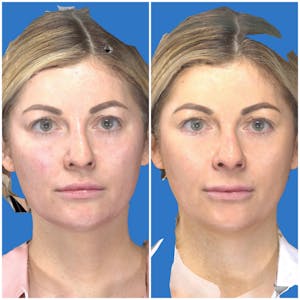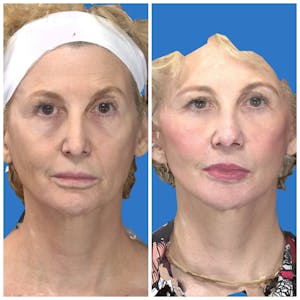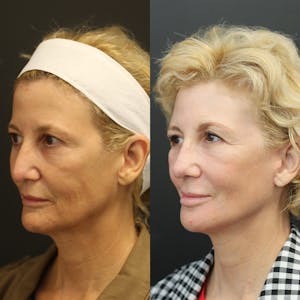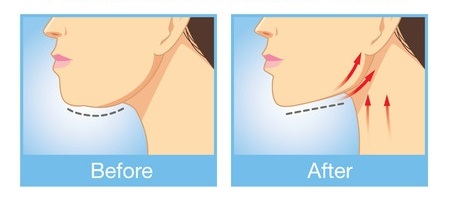A facelift is used to reduce the signs of aging from the face, making it one of the most popular and in-demand cosmetic surgeries in the world. If you want to look younger with a rejuvenated appearance and with a cleaner neckline, a facelift may be the perfect option for you. At The Maercks Institute in Miami, this procedure is one of our main services, and one of the specialties of leading aesthetic plastic surgeon Dr. Rian Maercks.
Why Dr. Maercks favors the deep plane facelift technique
Dr. Maercks typically selects the deep plane facelift technique over other methods such as the mini facelift or others. He chooses the deep plane technique to restore a supported youthful appearance when there is extensive neck and/or facial laxity that cannot be addressed non-surgically. When a surgical facelift is needed, Dr. Maercks leverages the power of fat transfer to re-build youthful volume around the eyes, lips, temples, and forehead. He also commonly performs a browpexy and four-lid blepharoplasty to ensure the entire face is harmoniously rejuvenated. To achieve a beautiful neckline, he incorporates a platysmas kite flap that lifts and supports the neck. The sum of these procedures produces the natural-looking MAERCKS lift (Musculo-Aponeurotic Elevation and Retention Check Kite Suspension lift).














